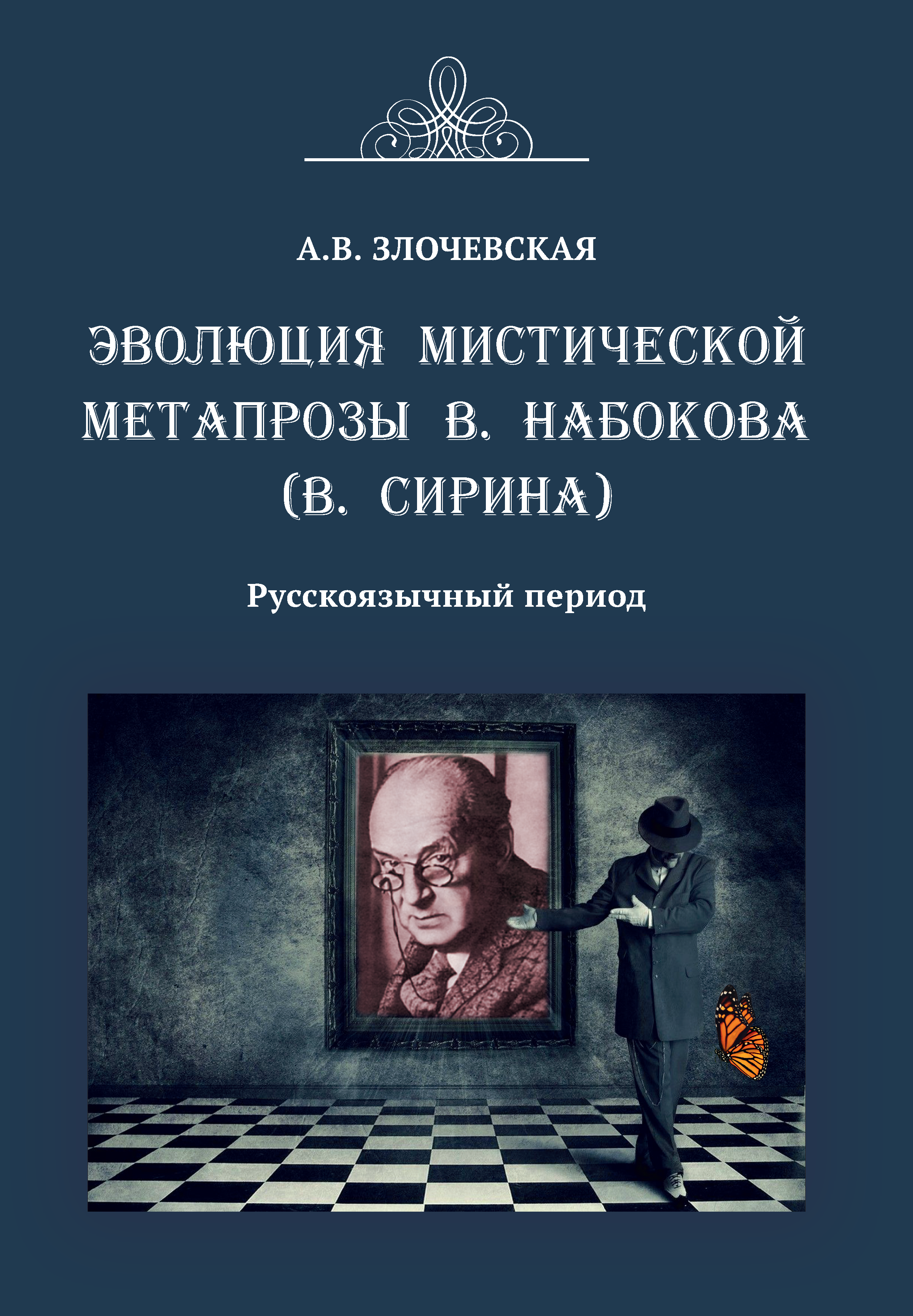A.M. Sagdatullin is post-graduate student, engineer
Research and Educational Center of Almetyevsk State Oil Institute
E-mail: saturn-s5@mail.ru
Presented is detailed analysis of and practice of formation and development of the system of educational clusters in the Republic of Tatarstan on the background of corresponding global experience. Focus of the research is made on institutional construction and the principle of “triple helix” in development of clusters. Shown are global tendencies in development of clusters, as well as given is their detailed characteristic. Also presented is general characteristic of cluster approach into regional economy. Shown are basic educational clusters, existing in the region under studying. As the example, in detail described is educational cluster in the sphere of economics, because this sector is leading one in economy of the Republic of Tatarstan. Also elaborated is the author’s model of synergetic eco-system of innovative educational clusters as the basis of raising regional competitiveness.
Key words: innovative educational clusters, scientific productive clusters, “triple helix” model, MIT cluster, synergetic interaction.
References
1. Common Actions for Growth and Employment: The Community Lisbon Programme // COM (2005) 330. — 20.07.2005.
2. Putting knowledge into practice: A broad-based innovation strategy for the EU // COM (2006) 502 final.
3. Porter, E.M. Clusters and the new economics of competition // Harvard Business Review. — 1998. — November. — P. 77–90.
4. Griboedov, A., Zaveleysky, P. Notes as to formation of Russian Trans-Caucasian company. — Tiflis, 1828.
5. Marshall, A. Principles of political economy: In 3 vols. — Vol. 1. — M., 1983.
6. Granberg, A.G. Fundamentals of regional economics. — M., 2001. — P. 90.
7. Pilot innovative territorial clusters in the Russian Federation. — M., 2013.
8. Porter, M., Ketelhohn, N., Artiganave, A., Kelly, J., Krasniqi, M., Gi, M.T.P., Zhang, L. The Massachusetts Higher Education and Knowledge Cluster: The Microeconomics of Competitiveness. — Massachusets, 2010.
9. Etzkowitz, H., & Leydesdorff, L. The Endless Transition: A “Triple Helix” of University-Industry-Government Relations, Introduction to a Theme Issue. — Minerva, 1998. — P. 203-208.
10. 42nd IGIP International Conference on Engineering Pedagogy: The Global Challenges in Engineering Education. — Kazan, 2013. — P. 74.
11. Smorodinskaya, N.V. Change of paradigm of world development and formation of network economics // Economical sociology. — 2012. — Vol. 13. — No. 4.
12. Smorodinskaya, N.V. Triple helix as new matrix of economic systems // Innovations. — 2011. — No. 4 (150). — P. 66–78.


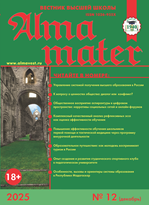
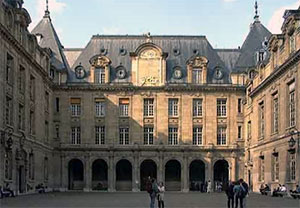
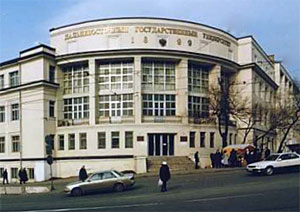


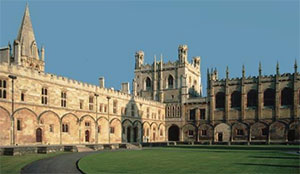
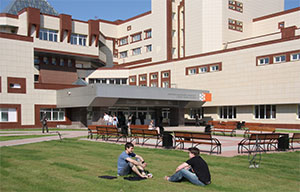


.png)

